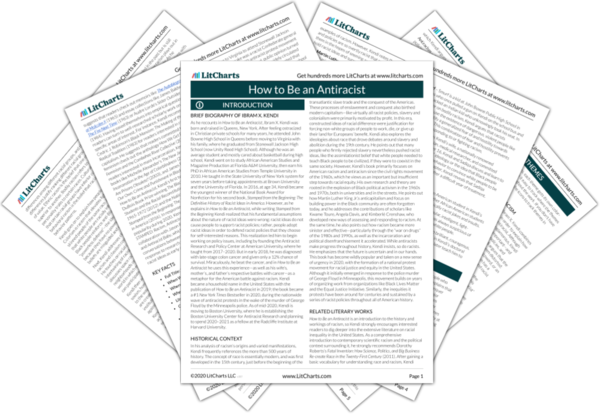Again, Kendi’s defense of racial discrimination (for the purposes of antiracism) might surprise readers who instinctively associate the word “discrimination” with segregation and oppression. But since Kendi argues that a policy is racist or antiracist depending on its outcome, not its stated intent, he believes that discrimination can be racist or antiracist, as it can either hurt or help racial minorities. For instance, affirmative action admissions policies are often accused of discriminating against white or Asian American people in favor of accepting other minorities into college. But Kendi wouldn’t characterize such discrimination as racist, because these policies were implemented to remedy past discrimination against African American and American Indian people.


